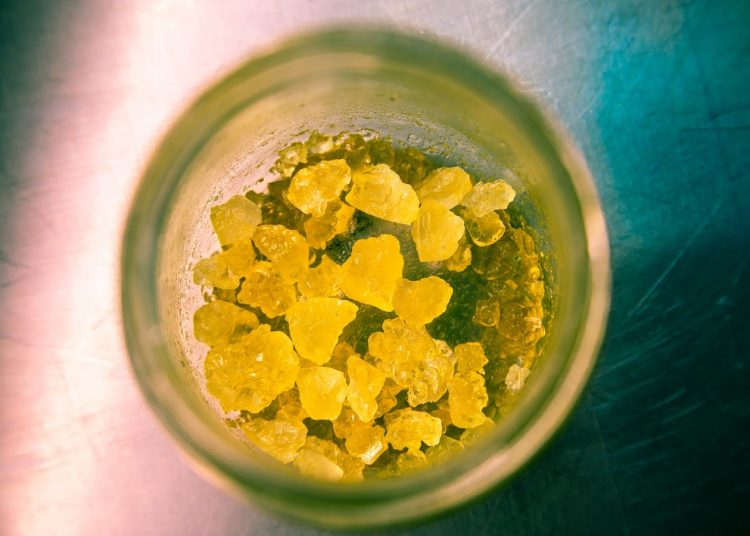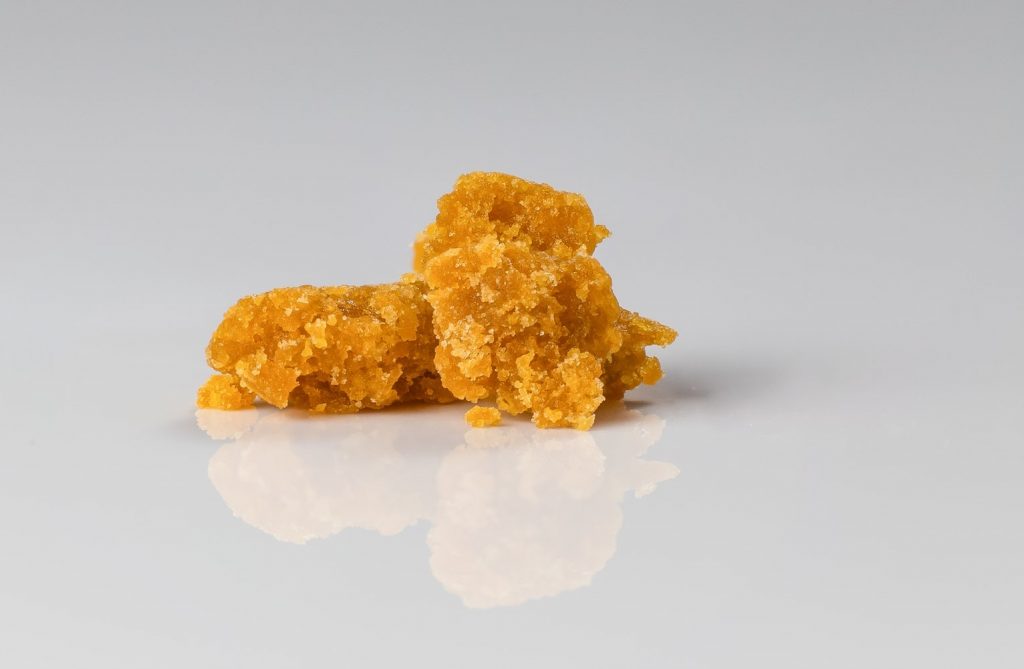At the point when individuals hear the expression “dabbing,” they may at first think about the dance move that is accepted to have started in the Atlanta rap scene.
Back when I was in high school during the 2010s, everyone dabbed after scoring a point in basketball or just for no reason at all. Fun times, fun times…
In weed culture, dabbing alludes to the perilous interaction of burning-through high convergences of tetrahydrocannabinol (THC), the psychoactive substance found in weed. But regardless of the risks related with the training, it is filling in notoriety, particularly among teenagers.
After reading this article on THC and dabbing, you will have a better idea on what kind BC online dispensary to buy from. Enjoy our free information from us to you 🙂
What Are Dabs?
Touches—likewise alluded to as wax, break, golden, honeycomb, or budder—are concentrated forms of butane hash oil (BHO) which contains profoundly thought levels of THC. This concentrated substance is created through a compound interaction utilizing butane oil to remove the oils from the cannabis.
Exploration proposes that touches or BHO can have a THC grouping of 80% in contrast with customary cannabis, which has a centralization of around 10-15% THC.
Indeed, at the very least touches are just about as much as multiple times as solid as a joint. Furthermore, individuals who touch experience an exceptional high at the same time as opposed to it bit by bit working after some time.
Touches are made by pouring butane over pot. This interaction permits the THC to leave the weed plant and disintegrate into the butane leaving a sticky, to some degree strong item that contains high measures of THC.
This Weed delivery in Halifax is a good option if you live in the area with not many local dispensaries. They do have fast shipping and also offer free shipping if you order cannabis products over $99.
How Dabbing Works

Despite the fact that marijuana is typically devoured by smoking joints and once in a while through vape pens, touches are warmed to an incredibly high temperature and afterward breathed in.
An explicitly planned glass bong generally called an “oil rig” is utilized.
The touch is put on an appended “nail” and a blow light is utilized to warm the wax, which delivers a fume that can be breathed in. This sort of ingestion implies the impacts of dabbing are felt right away.
Commonly individuals will spot by putting hash oil in vaping gadgets. Adolescents particularly utilize this technique since it permits them to utilize hash oil with a slim likelihood that they will be gotten in light of the fact that there is no smoke or unmistakable smell.
Subsequently, they regularly touch out in the open spots, including at school.
Albeit the way toward touching isn’t new, it is filling in prominence in the United States. Researchers trait this development to the business creation of clinical pot and the legitimization of it in various states.
Both of these variables have prompted an expansion in instructional recordings online just as a more noteworthy web-based media presence. Therefore, it is getting increasingly mainstream.
Why Dabbing Is Dangerous
Albeit a few groups accept that dabbing is a more secure strategy for ingesting cannabis since it is so exceptionally thought and the client just needs to endure one shot to get high, that couldn’t possibly be more off-base. Basically, there is no protected degree of medication use.
Any medication—paying little heed to its motivation—conveys some danger. Furthermore, touches are no special case.
Dabbing Is Not the Same as Smoking
Indeed, one investigation found that touching can prompt higher resistance and more regrettable withdrawal indications. In addition, it is hazardous for clients to accept that touching conveys similar dangers as smoking cannabis.
All things considered, most specialists say that touching is to cannabis what break is to cocaine. There is essentially no correlation among touching and smoking joints.
Hurtful Side Effects
Dabbing likewise incorporates various risky results like a fast heartbeat, power outages, creeping sensations on the skin, loss of awareness, and maniacal manifestations like suspicion and pipedreams.
In the meantime, an investigation directed by analysts at Portland State University, discovered that touching likewise may open clients to raised degrees of poisons including cancer-causing compounds.
What the researchers discovered is that the higher the temperature the substance is presented to, the more cancer-causing agents, poisons, and potential aggravations that are delivered.
This reality, thus, puts clients at a more serious danger than different strategies for getting high in light of the fact that there is a test in controlling the nail temperature.
Thus, individuals who touch are being presented to hurtful synthetic compounds including methacrolein and benzene. In like manner, another examination tracked down that over 80% of cannabis extricates are sullied with noxious solvents and pesticides.
Risks of Production
Another threat with touching is the way that making hash oil is probably the most dangerous part of dabbing. Remember that spots are made by impacting butane (or lighter liquid) through the cannabis plant.
It is profoundly combustible and temperamental. Along these lines, adding warmth to a substance like this is incredibly perilous.
In addition, after the interaction has finished, any leftover butane is currently gas in the room. Therefore, the littlest flash—even one created by friction based electricity—can cause a blast. The dangers are like that of a meth lab.
Conclusion
Most importantly dabbing is a conceivably perilous cycle that accompanies genuine dangers to an individual’s wellbeing and generally speaking prosperity.
It likewise is interesting to teenagers and youthful grown-ups.
Hence, guardians and teachers need to converse with youngsters about the dangers related with dabbing while at the same time focusing on that only one hit can not just put them in danger for deep rooted habit yet in addition can kill them on the off chance that they take in something over the top.

